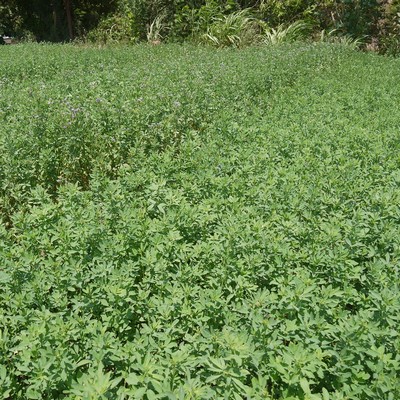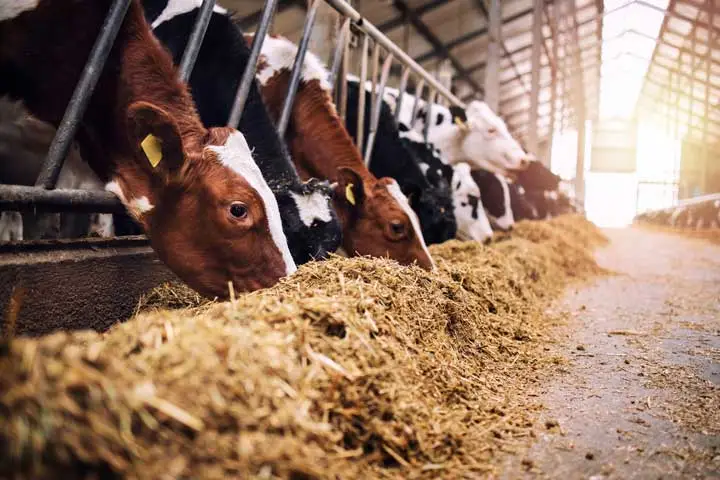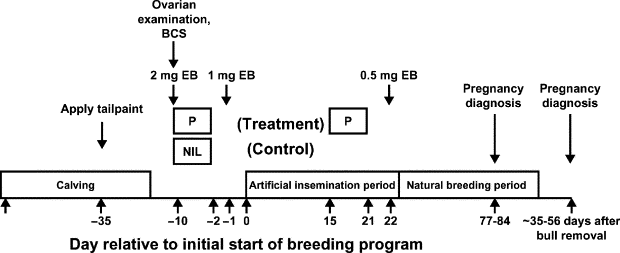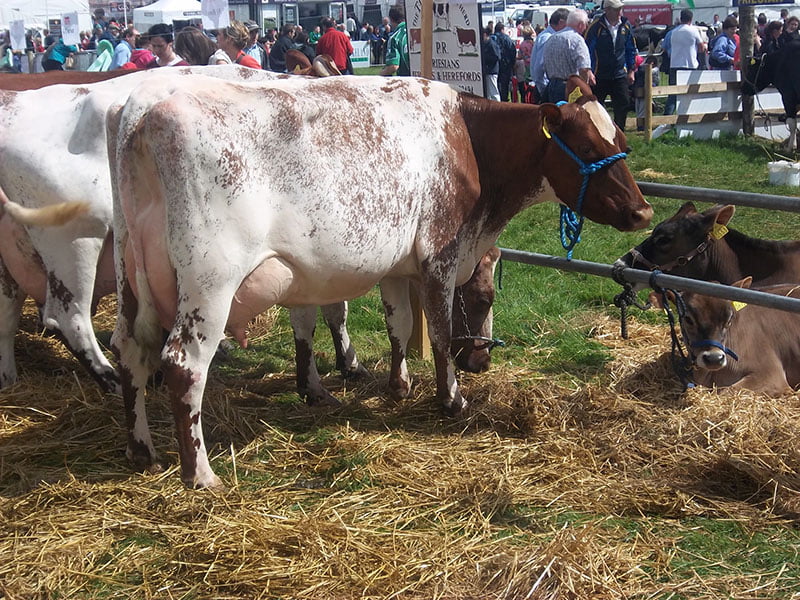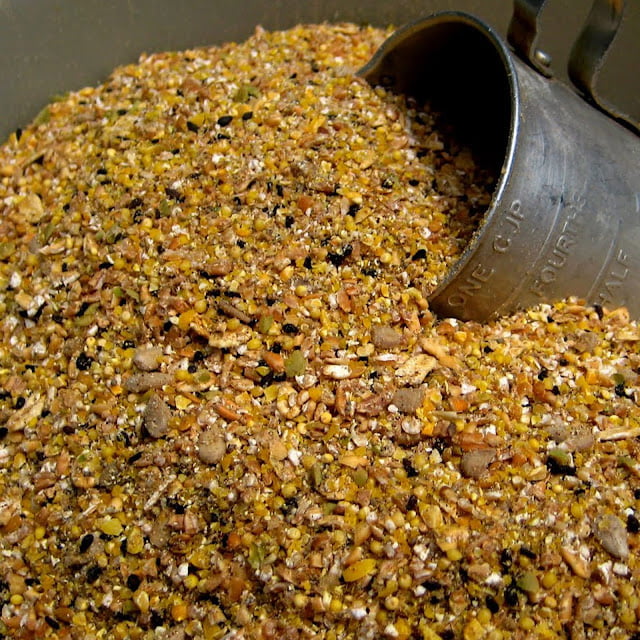Lucerne, also known as alfalfa, is a perennial legume that is grown for its forage and hay. The history of lucerne farming dates back to ancient times. It is believed that lucerne was first domesticated in Central Asia, and it was later introduced to other parts of the world, including Europe, Africa, and Asia. Lucerne farming became more widespread in the Middle Ages, and it was an important crop during the Crusades. Lucerne was also introduced to the Americas by European settlers in the 16th century. Lucerne farming has continued…
Category: Animal Nutrition
Feeding Ration for Animal Maintainance (new) I Mshindo Media
Feeding of indigenous chicken is of importance in order to increase production of meat and eggs.A lack of feed and water will reduce resistance to disease, parasites and mortality. Under a free-range chicken production system with temporarily confinement during planting season and at night, you can supply grains, by-products of grains or tubers besides the green forage and seeds they collect during scavenging.With a variety of feeds (plants and insects), requirements for minerals, trace-elements and vitamins are likely to be met.Water should be available at all times.Young chicken should be fed…
Animal nutrition strategies and production (new)
Animal nutrition entails the study of the composition of the material consumed by the animal and the manner in which this material is metabolized. The following animal foods are placed in this group; a. Maize bran, soft rice bran, and, soft wheat bran. b. Cereals such as sorghum, corn kernels, rice kernels, sorghum, and sorghum c. Root crops such as cassava, sweet potatoes and turnips. Before feeding the chickens, make sure that the roots are soaked for an hour or cooked before drying to remove the toxins that are naturally present in this type of…
Hydroponic fodder (new) I Mshindo media
This is the notion of hydroponics, benefits and some examples of plant species. Nowadays, how to cultivate plants by means of hydroponics is developing, because one of its advantages does not require extensive land to do so. Many people who use this technique to grow crops are just hobbies or there are also to earn income. For those of you who want to know what hydroponics is, here we summarize the explanation. A. What Is the Definition of Hydroponics?What is meant by hydroponics is how to cultivate plants by utilizing water without using soil as a…
Animal nutrition and feed rations
Introduction Animal nutrition entails the study of the composition and characteristics of the material consumed by the animal, the manner in which this material is metabolised (converted, utilised, and excreted) in the digestive tract and body cells of monogastric animals (pigs, broilers, layers), ruminants (sheep, cattle, goats), … Livestock keeping in all its ventures is a major source of incomes all over Kenya, from the most productive to nearly desert areas, and for all livestock keepers livestock feeding and nutrition is a major concern. Inadequate nutrition is a major cause of low…
Anoestrus (new) I Mshindo Media
Causes of infertility Causes of infertility can be very many. Below some of the more common ones: Anoestrus Anoestrus is a condition where some cows do not show heat signs for a long time after calving. In this case, no ovulation takes place. The condition can be caused by an infection or inflammation of the uterus and underfeeding of the cow, especially with minerals. Anoestrus. Cows in anoestrus show no heat activity, because the process of follicle development does not lead to ovulation. Anoestrus is normal in the post-partum cow, but most dairy…
Milk fever (new) I Mshindo Media
Milk fever is a condition of mature dairy cows that occurs a few days before, but mostly immediately after calving. It is common in imported high yielding dairy cows, especially Friesian or Channel Island breeds such as Jersey or Guernsey. Milk fever does not occur in indigenous cows. Milk fever is caused by low calcium levels in the body due to the sudden onset of lactation at calving. The nutritional status of the cow in the dry period is known to influence the risk of the disease. Diets low in dry matter such as lush pastures and diets with high calcium during dry…
Silage making| Composition, Types, Process, Storing
Introduction Silage is the material produced by controlled fermentation, under anaerobic conditions, of chopped crop residues or forages with high moisture contents. Silage is produced by the activities of naturally-occurring bacteria that convert some of the plant sugars into organic acids that preserve nutritional qualities. Ideal characteristics of material used in silage making: Species of grass used: Advantages of Silage: Making silage Feeding a forage chopper with forage Harvesting for silage How to make silage In Kenya, the common method of silage making are through use of: A trench silo is built…
Hay Making| Composition, Types, Process, Storing
Introduction Hay making is the process of turning green, perishable forage into a product that can be safely stored and easily transported without danger of spoilage, while keeping nutrient loss to a minimum. This involves reducing its moisture content from 70 – 90% to 20 – 25% or less Techniques for natural pasture, sown pasture and crops specifically cultivated for conservation at three levels of technology are considered: manual haymaking; simple mechanization with draught animal power or small tractors; and fully mechanized systems. It is, of course, possible to have…
Pasture and Fodder Management | Production
Introduction Pasture are plants (such as grass) grown for the feeding especially of grazing animals or grass or similar plants suitable for animals such as cows and sheep to eat, or an area of land covered in this: The availability of fodder is one of the limiting factors in animal husbandry. Organic husbandry should be mainly based on the fodder produced on the farm itself. As is the case with humans, there is a direct link between the food and the health of the animals. Food requirements of animals If farm animals are to be productive (milk, eggs, meat etc.), it is important that they get suitable food in…
Donkey -Meaning,Breeds, Nutritional & Care
Introduction The donkey,Equus africanus asinus, is a domesticated member of the Equidae or horse family. The wild ancestor of the donkey is the African Wild Ass, E. africanus. A male donkey is called a jack, a female a jenny, and offspring less than one year old, a foal (male: colt, female filly). While different species of the Equidae family can interbreed, offspring are almost always sterile. Nonetheless, horse/donkey hybrids are popular for their durability and vigor. A mule is the offspring of a jack (male donkey) and a mare (female horse). The much rarer successful mating…
Milk fever in dairy cows:Strategies for preventing& It’s Measures
Milk fever Milk fever arises when cows are unable to mobilise sufficient calcium at calving. This website is intended to provide a better understanding of the challenge of controlling (sub)clinical milk fever for dairy farmers. What is milk fever? Milk fever, or hypocalcemia, is a calcium deficiency. The disease has a clinical and a subclinical form and affects when cows they are at their most vulnerable – during the transition period. Cows need a large amount of calcium immediately after calving: initially they take the calcium from their blood and…
Milk fever in cows – Causes,symptoms&Control/prevent
Milk fever in cows Milk fever (hypocalcaemia) as a nutritional disorder defined as a metabolic disorder due to insufficient calcium, commonly occurring during calving,this happens when the dairy cow has lowered levels of blood calcium. • This disease occurs shortly after the cow gives birth (< 72 hrs). • The word “MILK FEVER” has nothing to do with the cause of the disease itself. • The cause of the problem is the lack of Calcium minerals in the body of the mother cow – HYPOCALCAEMIA OTHER SYMPTOMS ARE:- – Stop…
How to make modern chicken food (broiler and layers chicken)
Hello, my dear readers? Today I have come up with an article about how to mix food for modern chickens, that is for layers and broiler. Poultry feed accounts for 80% of production costs. If the breeder is able to make the food himself, he will be able to reduce the costs up to 50 to 60%, this situation will make him profit and return the production costs. The important thing is that the breeder should pay attention to the quality of raw materials during mixing, if you use low…
Feeding Guides for Broiler Chickens
How much water do your chicks need? Make sure your chicken always have water. Without enough water they will not grow well. For each 1 g of feed, your chicks need 2 g of water. For the first 3-5 days, add to the water: Clean the drinkers every day. Feeding guide for your broilers In order to have a healthy and strong flock of broilers, make sure you follow this feeding guide using Unga Farmcare EA feeds: Change feed slowly: When chicks are out of the brooder, remove feeding trays. Hang the feeders from…


